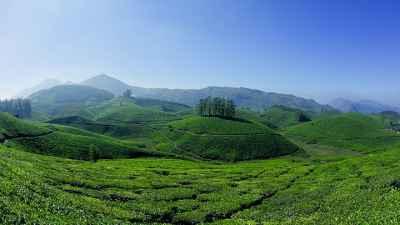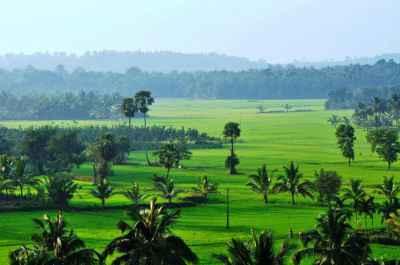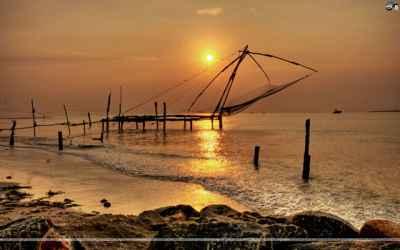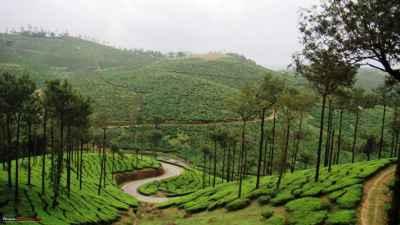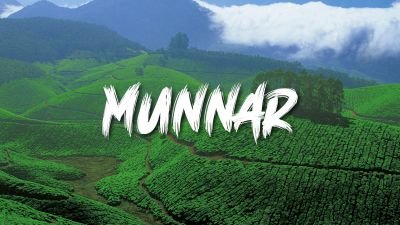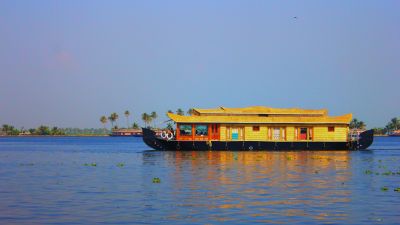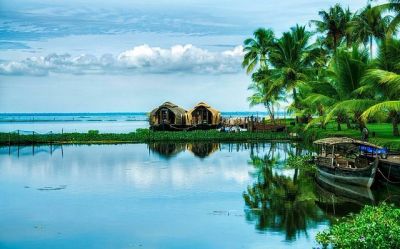Kerala’s Silk Weaving: The Making of Kasavu
Kerala’s Silk Weaving: The Making of Kasavu
Kerala, located on the southwestern coast of India, is known for its rich cultural heritage and traditional arts. One of the most renowned handicrafts of Kerala is the exquisite silk weaving, which produces the famous Kasavu sarees. These sarees, woven with golden thread, are traditional attire for women in Kerala and are an integral part of the state's cultural fabric.
History of Silk Weaving in Kerala:
Silk weaving has a long history in Kerala, dating back to several centuries. The silk industry flourished during the rule of the Chera dynasty, who were known for their patronage of the arts. The weavers in Kerala developed their unique style and techniques, incorporating intricate designs and motifs.
The Making of Kasavu:
The process of making Kasavu sarees involves several intricate steps that require skill, patience, and attention to detail. Here is a brief overview of the process:
Step 1: Silk Extraction
The first step in silk weaving is extracting the silk thread from the cocoons. Mulberry silk, known for its fine quality, is used for making Kasavu sarees. The silk cocoons are boiled to soften the silk fibers, then the threads are carefully extracted by spinning them onto bobbins.
Step 2: Dyeing
Once the silk threads are prepared, they are dyed in vibrant colors using natural dyes derived from plants and flowers. This step is critical as it determines the base color of the saree.
Step 3: Designing the Border
The border of the Kasavu saree is its most distinctive feature. Traditionally, pure gold threads or zari were used to create the intricate designs on the border. However, due to the high cost of gold, other metallic threads or synthetic fibers coated with gold are commonly used now.
Step 4: Weaving
The weaving of the saree is a meticulous process that requires immense skill. The silk threads are carefully interlaced on a traditional handloom to create the saree's fabric. The designs and motifs are incorporated during the weaving process to create the signature patterns of Kasavu sarees.
Step 5: Finishing Touches
Once the saree is woven, it undergoes several finishing processes to give it a polished look. The excess thread is trimmed, and the saree is soaked in a mixture of rice starch and water to stiffen the fabric. The saree is then dried and polished to enhance its shine.
The Significance of Kasavu Sarees:
Kasavu sarees hold immense cultural and traditional value in Kerala. They are predominantly worn during religious and ceremonial occasions. The golden border symbolizes prosperity and is believed to bring good luck. The elegance and grace of Kasavu sarees make them a popular choice for traditional weddings and festivals.
Purchasing a Kasavu Saree:
If you're visiting Kerala and wish to purchase a Kasavu saree, there are numerous shops and boutiques where you can find an exquisite collection. From simple designs to intricately woven sarees, there is a wide range to choose from. The price of a Kasavu saree varies depending on the craftsmanship and quality of the silk used.
Conclusion:
Kerala's silk weaving has a long and treasured history, and the art of making Kasavu sarees continues to thrive today. The intricate designs and golden borders make these sarees unique and highly prized. Wearing a Kasavu saree is not just a fashion statement, but also a celebration of Kerala's rich cultural heritage. So, if you're in Kerala, don't miss the opportunity to explore the world of silk weaving and bring home a piece of Kerala's traditions.
Don't forget to share your experiences and love for Kasavu sarees with others!
Disclaimer : The information provided in this blog is for general informational purposes only. While we strive to keep the content accurate and updated, TravelSetu assumes no liability for errors or omissions. If you believe any part of this blog infringes your rights or causes concern, please notify us immediately at info[at]travelsetu[dot]com so that appropriate action can be taken.




